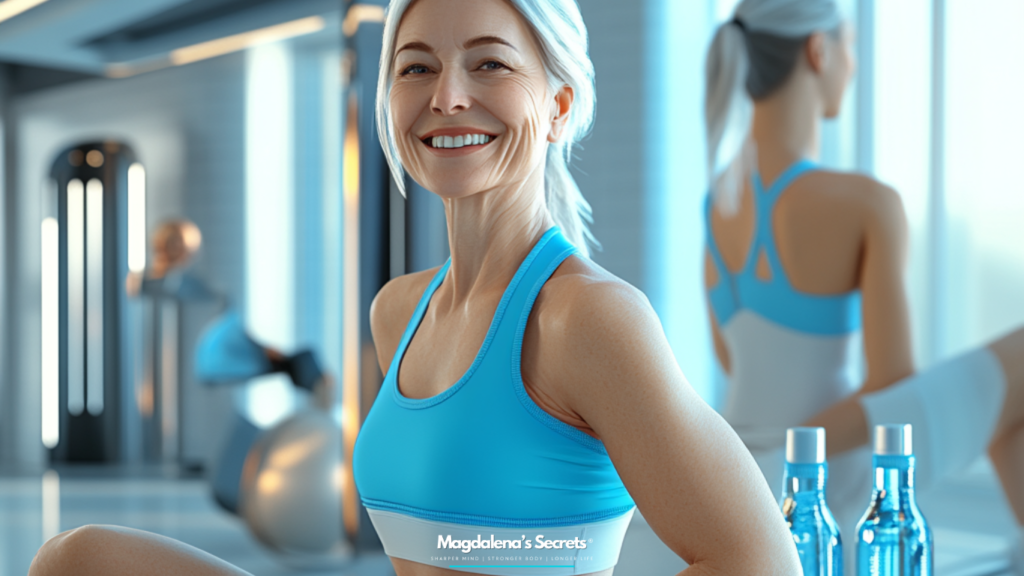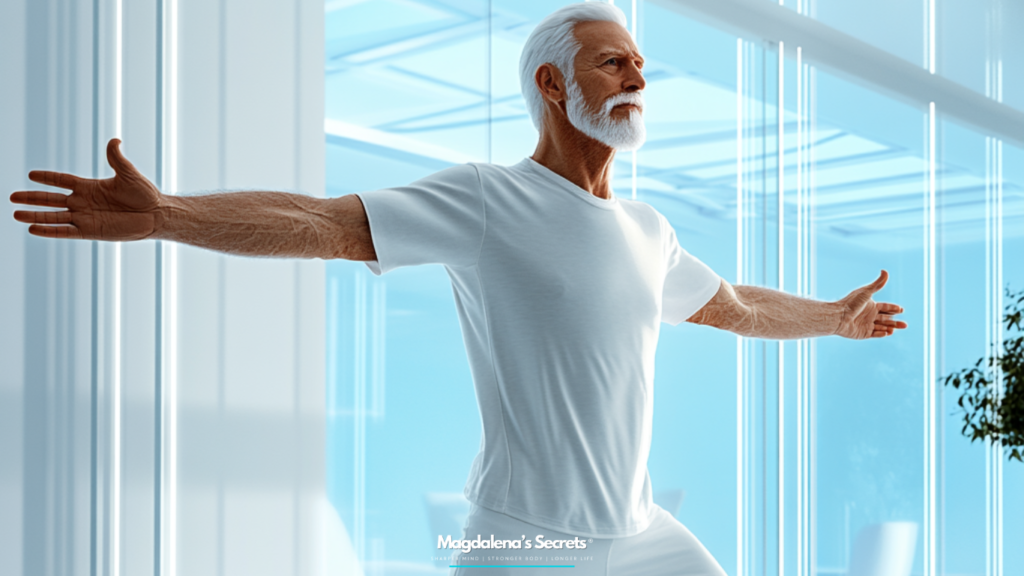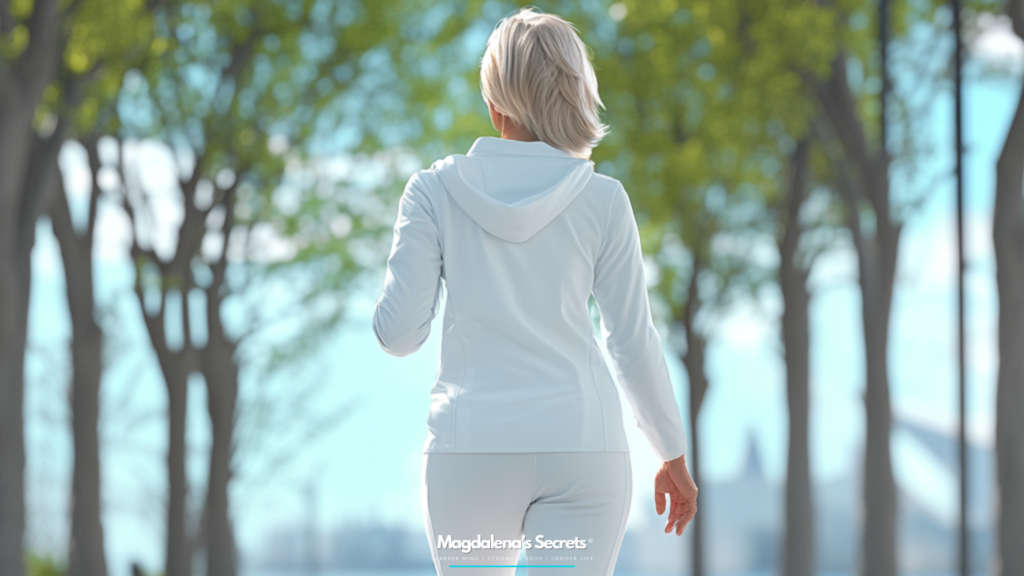Aging is inevitable, but how well we age is largely up to us. While most people track aging by the number of candles on a birthday cake, science offers a more precise way to understand the aging process: by looking at what your body can still do, not just how it looks.
Experts like Dr. Peter Attia, a leading voice in longevity and healthspan, and Dr. Stacy Sims, a prominent researcher in female physiology and performance, emphasize that functional capacity — not just fitness for aesthetics — is the key to graceful and strong aging. What your body is capable of doing in your 60s, 70s, and 80s directly influences how independently, safely, and joyfully you can live.
The Top Indicators of Aging-Related Fitness Decline
According to Dr. Peter Attia, the most critical signs of aging aren’t wrinkles or gray hair — they are reductions in physical performance, such as:
- Loss of strength and power
- Decline in VO₂ max (cardiorespiratory fitness)
- Decreased stability and balance
- Slower walking speed
- Lower grip strength
- Difficulty getting up from the floor
- Reduced muscle mass (sarcopenia)
These changes often start subtly but snowball with time if not addressed. For example, struggling to lift a suitcase, carry groceries, climb stairs, or get up from a chair without using your hands — these are major warning signs of diminished functional health and predictors of future disability, falls, or hospitalization.
Dr. Attia’s “Centenarian Decathlon” Framework
Dr. Attia coined the idea of training for the “Centenarian Decathlon” — a metaphorical event made up of the physical tasks you’d want to be able to do in your 80s and beyond. His framework includes goals like:
- Carrying a heavy bag of groceries up stairs
- Getting up off the floor unaided
- Balancing on one leg to put on pants
- Lifting a grandchild safely
- Walking briskly for 30 minutes
To prepare for that, he recommends:
- Strength training (especially squats, deadlifts, presses, and carries)
- Zone 2 cardio (steady-state aerobic training)
- VO₂ max intervals (short, intense cardio bursts)
- Mobility and stability work
These modalities target the root causes of physical decline, not just the symptoms.
Dr. Stacy Sims’ Focus for Women: Strength, Power, and Hormonal Adaptation
Dr. Stacy Sims, who specializes in exercise science for women, emphasizes that female aging is hormonally driven, especially around menopause, when estrogen and progesterone decline.
This hormonal shift impacts:
- Muscle retention
- Bone density
- Recovery
- Metabolism
Dr. Sims highlights that women over 40 should prioritize strength and high-intensity work to counteract the catabolic effects of aging. Her key recommendations include:
- Heavy resistance training: To maintain lean muscle mass and bone strength. Women are encouraged to lift heavy (yes, really!) with proper form and progression.
- Plyometrics and jumping: These exercises help stimulate bone growth and improve neuromuscular coordination.
- HIIT (High-Intensity Interval Training): Short bursts of intensity to improve cardiovascular health, mitochondrial function, and fat metabolism.
- Avoiding long endurance workouts: Excess cardio can increase cortisol and accelerate muscle loss in midlife women.
By following these strategies, women can reduce risk of osteoporosis, metabolic syndrome, and frailty, while also improving energy, confidence, and resilience.
Why This Matters for Aging Well
The goal of training in midlife and beyond isn’t about running marathons or chasing PRs in the gym. It’s about preserving your independence, your mobility, and your quality of life.
Aging gracefully isn’t passive — it’s intentional. As both Dr. Attia and Dr. Sims agree, the decisions you make today — lifting weights, building cardiovascular endurance, balancing your hormones through training — are what will determine whether you’ll be thriving or just surviving decades from now.
Start now. Build the body today that will carry you through the rest of your life — strong, balanced, and fully capable.




